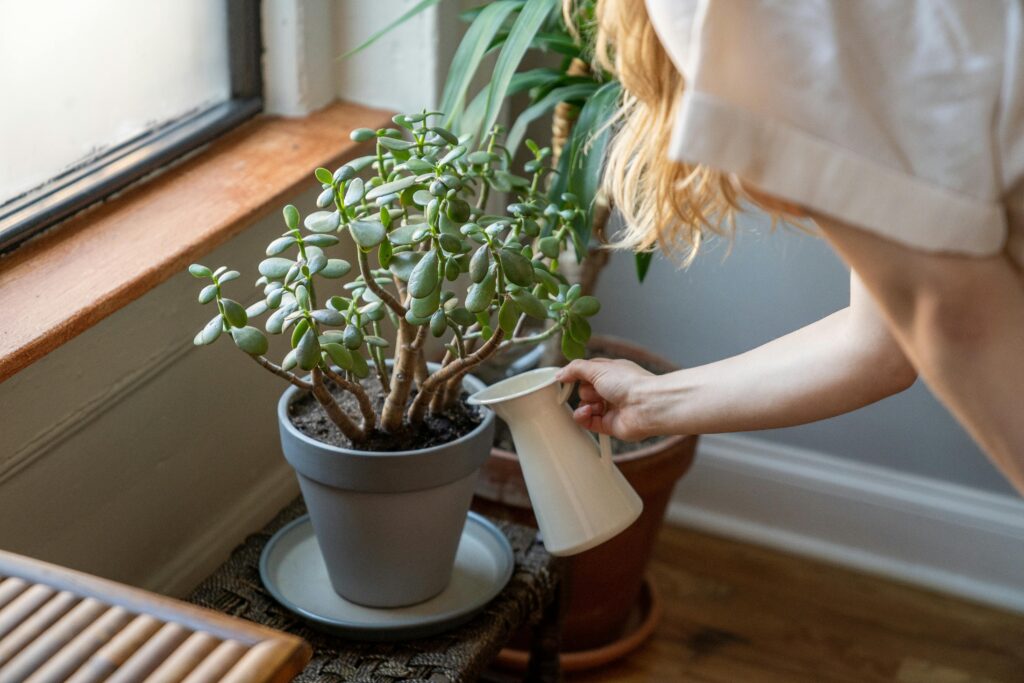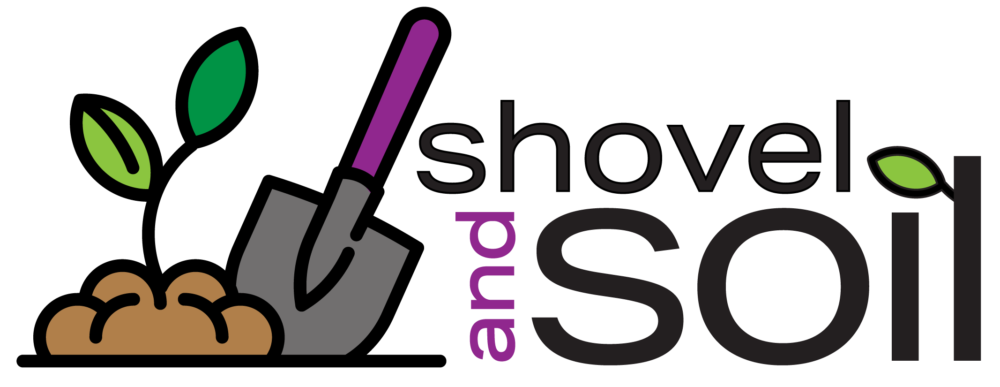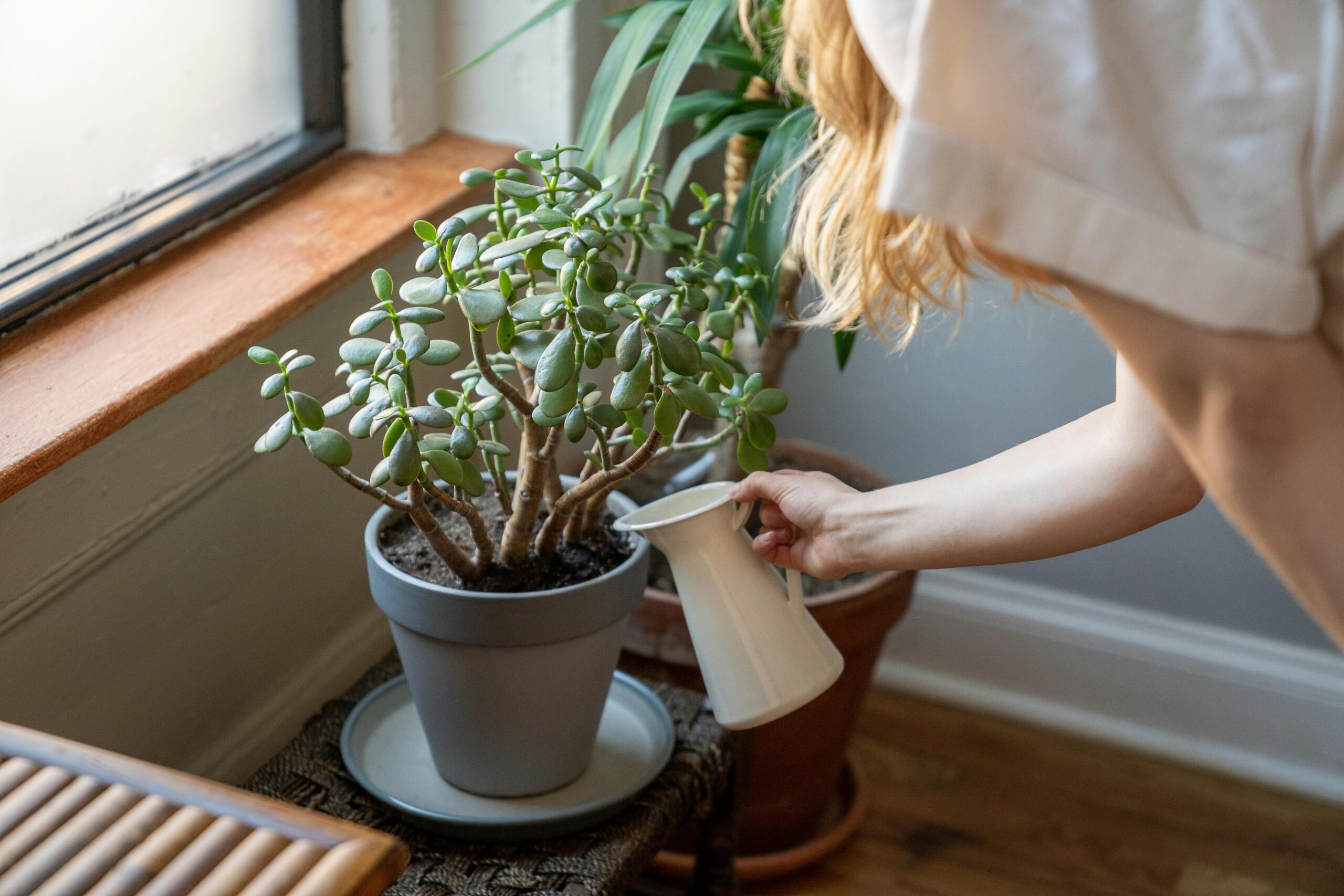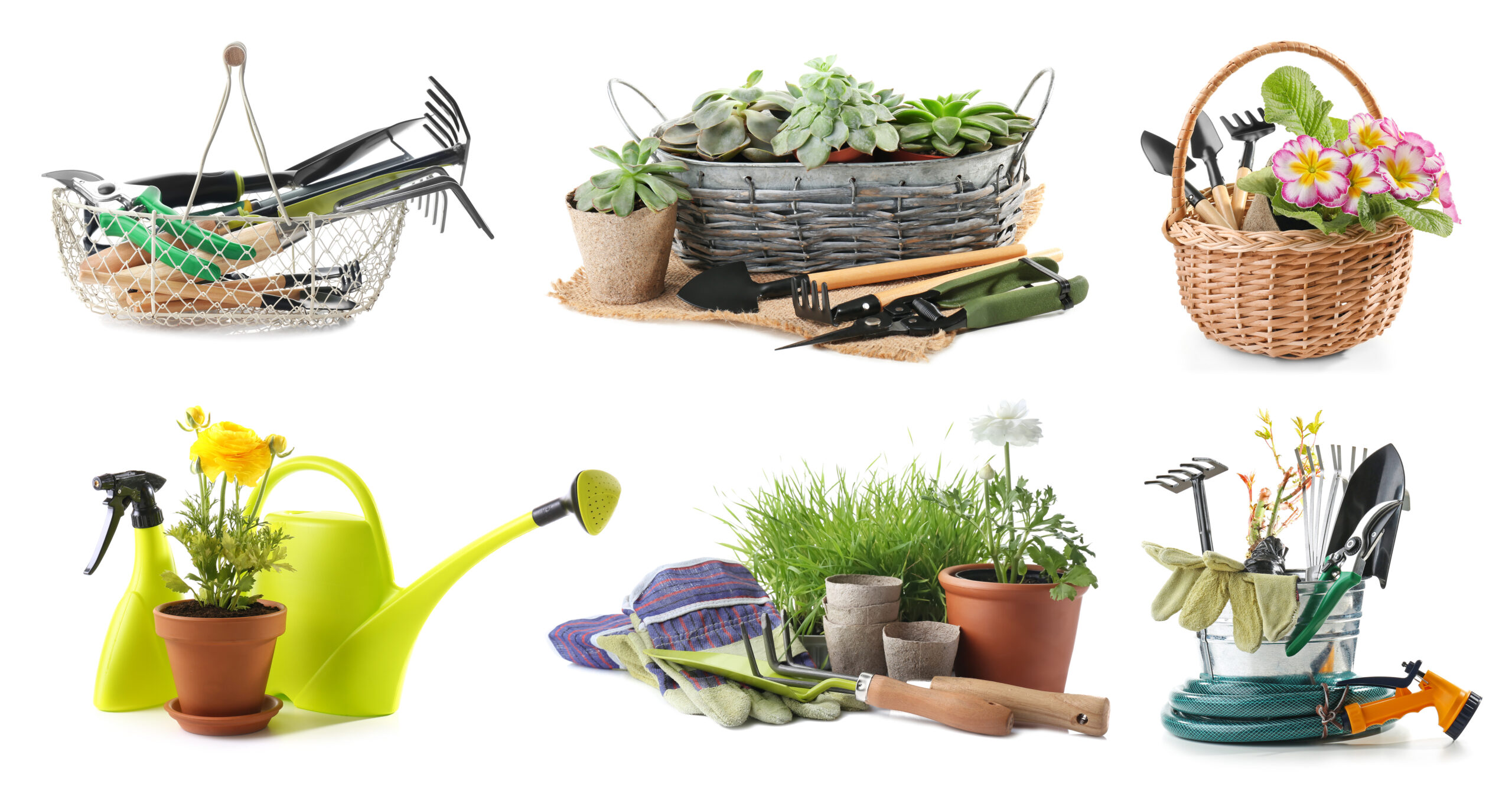
Understanding Your Plant’s Watering Needs
Each plant has its unique watering requirements, influenced by its natural habitat. Some, like cacti and succulents, are drought-tolerant and thrive on minimal water, mimicking their arid native environments. Others, originating from tropical rainforests, such as ferns and calatheas, prefer consistently moist soil. The key to successful indoor gardening is understanding and meeting these diverse needs. It’s essential to research each plant’s specific preferences and monitor them for signs of over or under-watering, such as yellowing leaves or wilting.
The Right Way to Water
The technique and tools you use for watering can greatly affect the health of your indoor garden. Watering should be done slowly and deeply, allowing moisture to reach the roots where it’s most needed. Avoid wetting the leaves to reduce the risk of fungal diseases. Tools like a watering can with a long spout offer precision and control, making it easier to water directly at the soil level. For plants that prefer humidity, like many tropical species, a spray bottle can be used to mist their leaves, emulating their natural environment.
The Role of Pots and Drainage
Proper drainage is critical to prevent water from pooling at the bottom of pots, which can lead to root rot. Ensure all your containers have drainage holes, and consider adding a layer of pebbles or perlite at the bottom to improve water flow. For pots without holes, water sparingly to avoid over-saturation. Choosing the right pot material can also make a difference; terracotta pots, for example, are porous and allow soil to dry more evenly, making them ideal for plants that don’t like wet feet.
When to Water: Signs to Look Out For
Timing your watering correctly is more art than science, depending largely on observing your plants. Some telltale signs that your plant is thirsty include dry, pulling away soil from the edges of the pot, and leaves that look droopy or brittle. Conversely, if the soil feels soggy or if you notice mold growth on the surface, it’s a sign you’re overdoing it. Investing in a moisture meter can take the guesswork out of this process, providing a more accurate indication of when it’s time to water.
Water Quality Matters
Not all water is created equal, especially when it comes to indoor plants. Tap water, particularly in areas with hard water, can contain minerals and chemicals that may build up in the soil and harm plants over time. Rainwater or distilled water is often recommended for sensitive plants, as it’s softer and lacks those potentially harmful substances. If tap water is your only option, consider letting it sit out overnight to allow chlorine and other volatile compounds to evaporate.
Seasonal Adjustments in Watering
Plants’ watering needs can change with the seasons. During the warmer, brighter months of spring and summer, plants typically require more water due to increased light exposure and growth. In contrast, during the fall and winter months, plant growth slows down, and so should your watering frequency. This seasonal adjustment is crucial to avoid overwatering and root rot during colder, darker times when water evaporation slows down.
Mulching: Not Just for Outdoor Gardens
Applying a thin layer of mulch on top of the soil can be beneficial for indoor plants, too. It helps retain soil moisture, reduces water evaporation, and adds a decorative touch to your pots. Organic materials like coco coir, bark chips, or moss are excellent choices. Mulching also has the added benefit of suppressing weed growth and gradually enriching the soil as it breaks down over time.
Creating a Watering Schedule
While it’s important to adapt to your plants’ needs, having a basic watering schedule can help ensure none of your green friends are neglected. Use reminders on your phone or a calendar to keep track of watering, adjusting as necessary based on your observations and the changing seasons. Remember, flexibility is key; use your schedule as a guideline rather than a strict rule to follow, staying attuned to your plants’ cues.
Watering indoor plants correctly is a foundational aspect of their care, requiring attentiveness and adaptation to their needs. By mastering the art of watering, you not only ensure your plants’ health and growth but also deepen your connection and understanding of the natural world within your own home.



